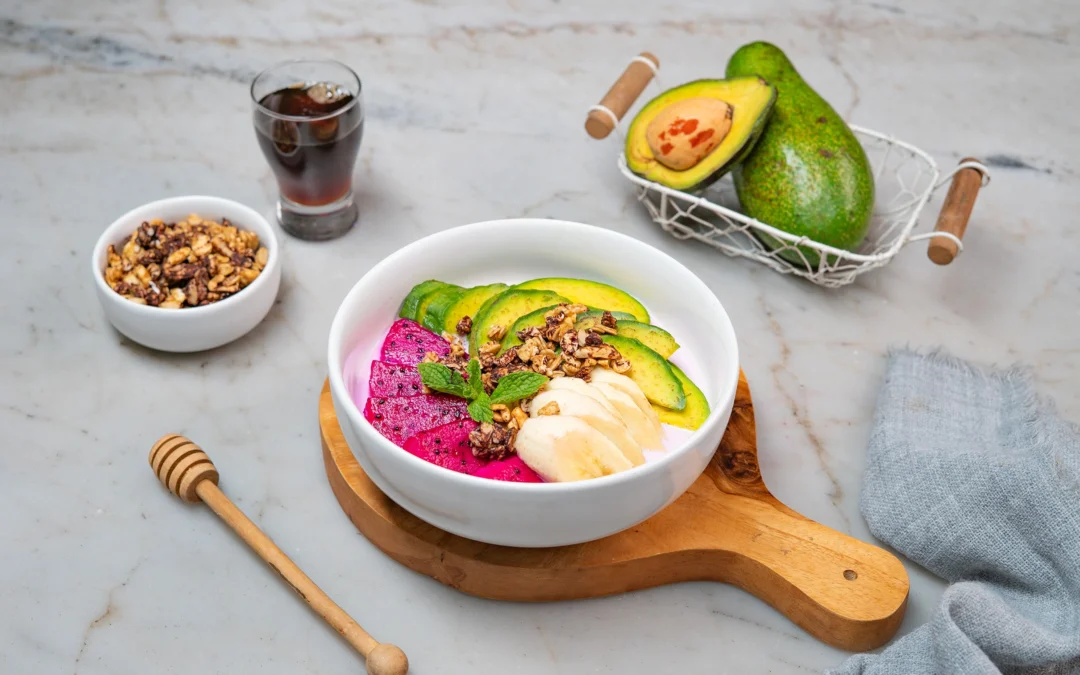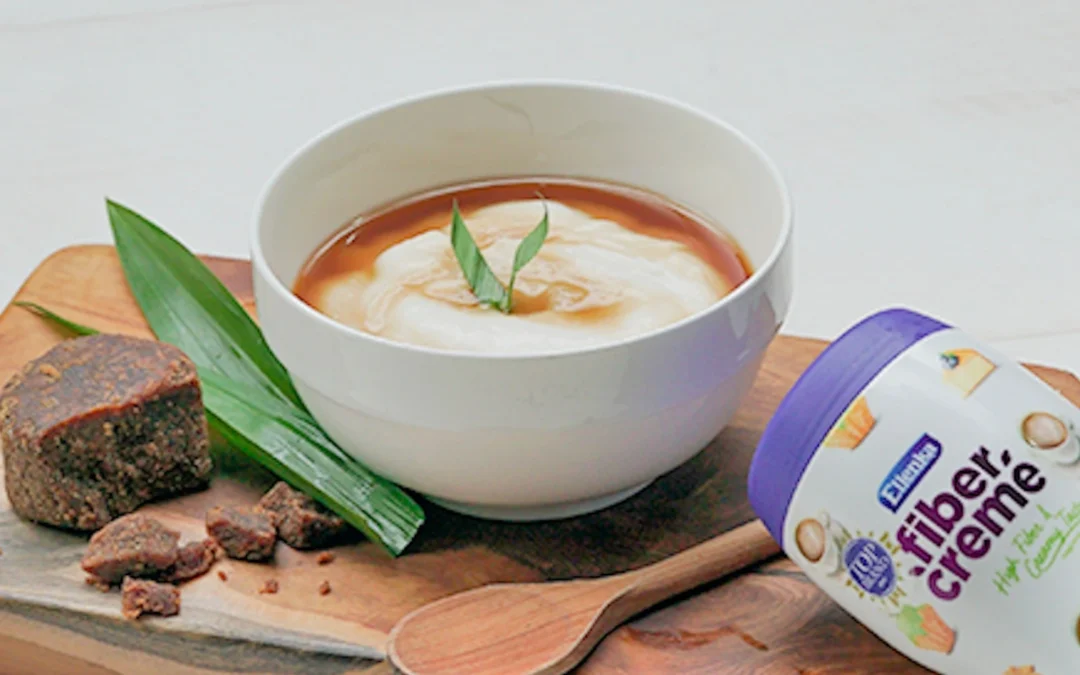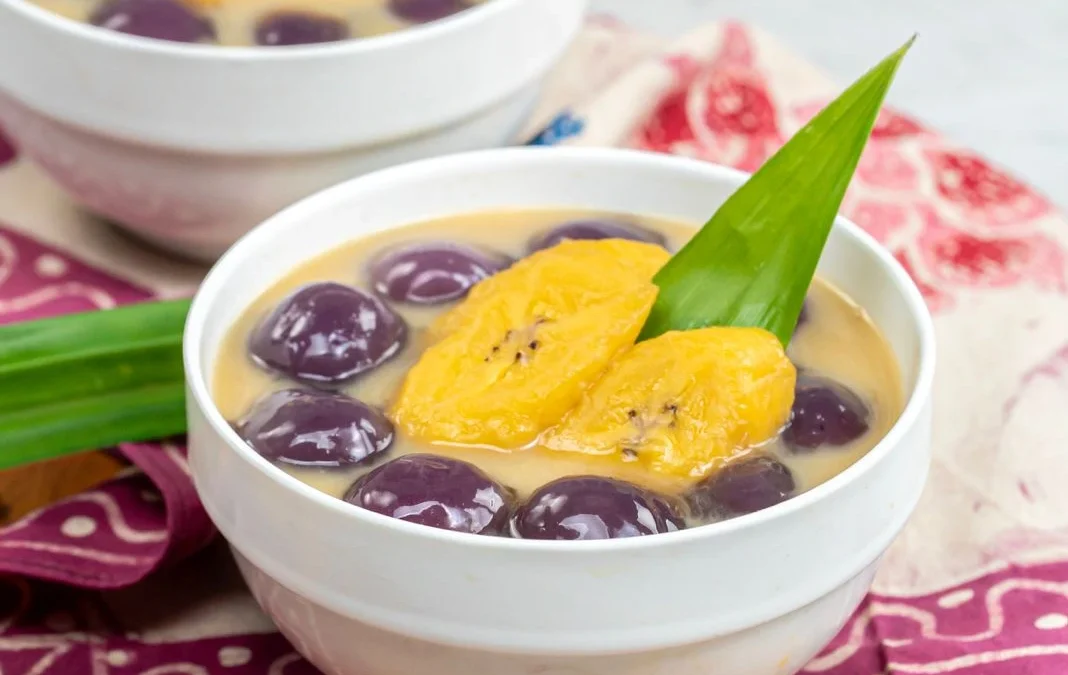
Indonesia’s rich culture and traditions naturally influence the diversity of its cuisine. It’s no surprise that Indonesia boasts a wide variety of culinary delights. Out of the thousands of traditional dishes in the country, some have even made their mark on the international stage! For people abroad, these dishes have even become part of Indonesia’s identity. So, what are the Indonesian dishes that have gained global recognition? Let’s discover 7 of them in this article!
7 Indonesian Dishes That Have Gone Global
Here are 7 Indonesian dishes that have become known around the world:
1. Rendang

This richly spiced beef dish from Minangkabau, West Sumatra, has been recognized as one of the most delicious foods in the world. The beef is slowly cooked for hours in coconut milk and a blend of spices such as chili, galangal, lemongrass, turmeric, and ginger. Its distinctive taste and complex cooking process make it a special dish worth trying. The tender texture and perfectly absorbed spices have made rendang a favorite among many.
2. Nasi Goreng
This Indonesian-style fried rice, cooked with a unique blend of spices, is both practical and delicious. Common ingredients include shallots, garlic, sweet soy sauce, and shrimp paste. With its many variations, from nasi goreng kampung (traditional fried rice) to nasi goreng seafood, this dish never fails to delight. To enhance the flavor, top it with a fried or scrambled egg, crackers, and pickles.
3. Gado-Gado
This vegetable salad with a rich and savory peanut sauce is a healthy and refreshing dish. A variety of vegetables such as water spinach, long beans, bean sprouts, potatoes, and boiled eggs are generously topped with a peanut sauce made from fried peanuts, chili, garlic, and palm sugar. The combination of fresh vegetables and flavorful peanut sauce creates a unique and harmonious taste.
4. Sate

Skewered and grilled meat, sate is a popular dish found in various regions of Indonesia. The meat used can be chicken, beef, or lamb. Served with either peanut sauce or sweet soy sauce, sate offers a delightful combination of savory and sweet flavors. Its signature smoky aroma and juicy, flavorful meat make sate a must-try dish that’s always in high demand.
5. Soto
This flavorful soup, rich in aromatic spices, comes in various regional variations across Indonesia. From soto ayam (chicken soto) and soto Betawi to soto babat (tripe soto), each has its own unique characteristics. The richly spiced broth provides a warm and comforting sensation. Typically served with rice, meat, bean sprouts, and sambal, soto is a dish that never fails to satisfy.
6. Tempe and Tofu
Made from soybeans and packed with protein, tempe and tofu are essential parts of Indonesian cuisine. They can be prepared in various ways such as fried, stir-fried, or used as a key ingredient in different dishes. With their simple yet nutritious appeal, tempe and tofu remain a popular choice in everyday meals.
7. Bakso
These chewy and savory meatballs are served in a warm, flavorful broth, making them a comforting dish. Made from a mixture of ground beef and tapioca flour, bakso is typically served with noodles, vermicelli, vegetables, and a sprinkle of fried shallots. Enjoyed with noodles and greens, bakso is the perfect dish to warm you up, especially on a chilly day.
Read More : This is The Differences Between Rendang and Kalio
Preserve Indonesia’s Global Cuisines with FiberCreme!

Indonesia’s rich culinary heritage is truly one of a kind. From the spice-packed rendang to bakso, the ultimate comfort food, every dish has its own story and unique flavor. To enjoy Indonesian dishes that have gained global recognition in a healthier and creamier way, try using FiberCreme as a substitute for coconut milk or dairy.
With high fiber, low sugar, and 0mg cholesterol, FiberCreme makes your dishes creamier and more flavorful without compromising their authentic taste. Want to give it a try? Explore various traditional Indonesian recipes with FiberCreme and find exciting inspiration on @FiberCreme_TV or the Ellenka channel on YouTube!






0 Comments